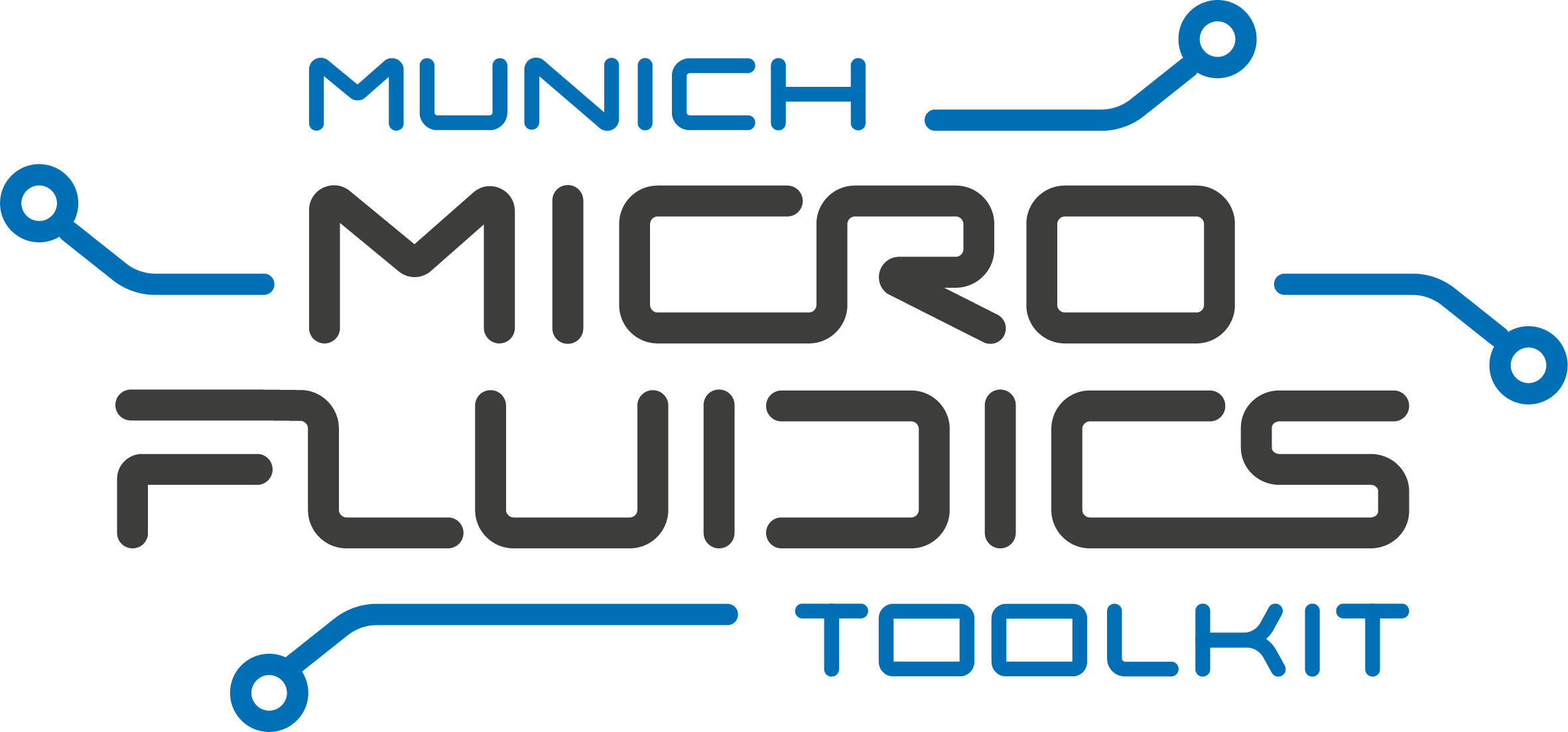
A design automation tool for multi-organs-on-chip developed by the Chair for Design Automation at the Technical University of Munich as part of the Munich MicroFluidic Toolkit (MMFT). The method considers the orchestration of several aspects, like the size of organ modules, the required shear stress on membranes, the dimensions and geometry of channels, pump pressures, etc., and uses that to generate an initial design. This can then be translated to a 2D network as well as extruded and exported as a 3D geometry of the microfluidic channel network for subsequent simulations or the desired device including the chip specifications for fabrication.
A detailed tutorial is available through the included Jupyter Notebook and templates can be found in the architectures directory.
More details about the implementation can be found in:
M. Emmerich, P. Ebner, and R. Wille. Design Automation for Organs-on-Chip. In Design, Automation and Test in Europe (DATE). 2024.
For more information about our work on Microfluidics, please visit https://www.cda.cit.tum.de/research/microfluidics/.
If you have any questions, feel free to contact us via [email protected] or by creating an issue on GitHub.
Tested with Python 3.9.14.
pip install -r docs/requirements.txtTo run the script via the command line type:
python ooc_da.py inputfile.json outputfile.jsonThen generate the geometry, you can type: (make sure to alter the respective values in the function call)
python OOCGernerator.py python ooc_da.py architectures/ooc_male_simple.json outputconfig.json